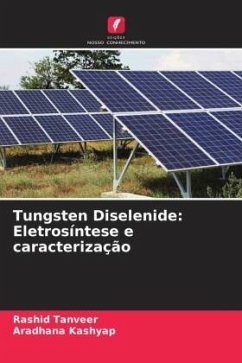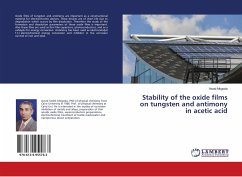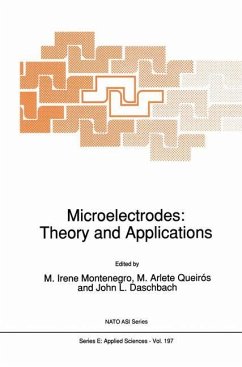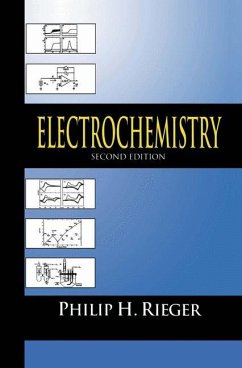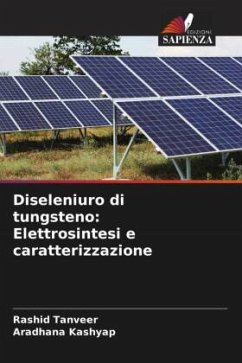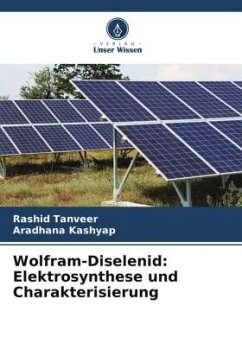
Tungsten Diselenide: Electrosynthesis and characterization
Potentiostatic and Galvanostatic way of Synthesis, Impedance spectral studies and Photoelectrochemical Characterization
Versandkostenfrei!
Versandfertig in 6-10 Tagen
36,99 €
inkl. MwSt.

PAYBACK Punkte
18 °P sammeln!
Due to fast depletion of fossil fuel deposits, quality of fuels, heavy price to be paid for basic materials with their transportation cost and above all the environmental degradation, it is necessary to move towards non-conventional energy sources. Among various such sources the most promising is solar energy. It is nonpolluting, most abundant, inexhaustible and universal source of energy. For the capture and conversion of solar energy, semiconductor electrodes based on thin films of tungsten diselenide have been synthesized electrochemically by both potentiostatic as well as galvanostatic rou...
Due to fast depletion of fossil fuel deposits, quality of fuels, heavy price to be paid for basic materials with their transportation cost and above all the environmental degradation, it is necessary to move towards non-conventional energy sources. Among various such sources the most promising is solar energy. It is nonpolluting, most abundant, inexhaustible and universal source of energy. For the capture and conversion of solar energy, semiconductor electrodes based on thin films of tungsten diselenide have been synthesized electrochemically by both potentiostatic as well as galvanostatic routes. The two methods of synthesis were compared by study of quality of deposited films in terms of photoresponse, stability and other characteristics. All the deposited tungsten diselenide films exhibit p-type semiconductivity. However, the films prepared galvanostatically are more stable and exhibit relatively enhanced photoresponse. The quality of galvanostatically deposited films was improved further by their thermal treatment in the inert environment. After this treatment films exhibit n-type semiconductivity and substantially improved resistance towards electrochemical corrosion.



